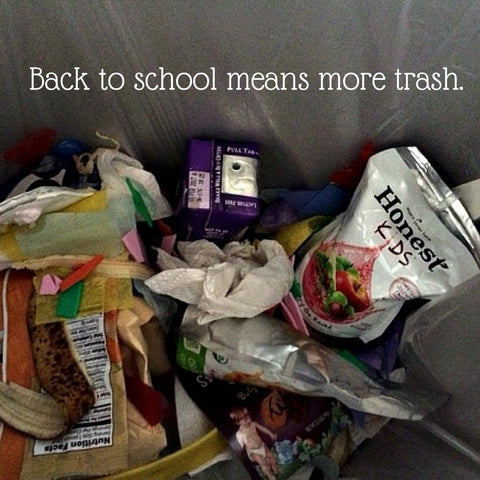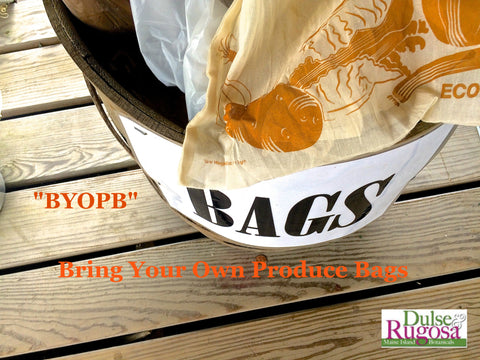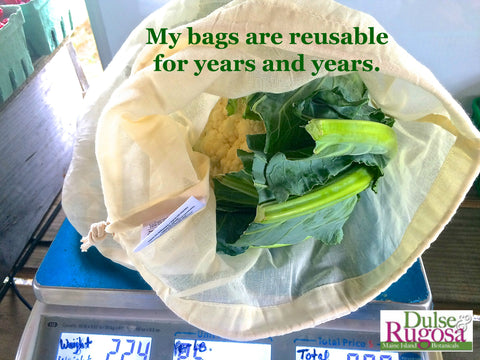Back to School Means More Trash- Tips to Help You Zero Waste the Transition
I've put off writing about reducing plastic consumption and kids because it's so complicated. Mostly because I've found in my grown up/no kids life that it takes quite a bit of planning and organization to reduce my plastic use. I travel a lot to markets and on my occasional overnights I find I do great the first day but the next day is a challenge. I'm tired, hungry, don't know the area and that's when I consume more products packed in plastic.
When my daughter Carly was young, I lived year round on a remote Maine island. We were homesteaders, growing our own food and I worked from home. I didn't have to organize backpacks, lunch boxes, snacks and extra clothes- not to mention homework, books and a few toys for the car. And that's not even taking into account winter- with boots, hats, etc. Our life's are filled with busy and "hurry-up" which is why plastic is so popular- it's convenience. But because we have kids and grandkids and we want them to have a lovely future we each need to make small steps towards living a plastic free life.

The first thing you have to do is pick an area to focus on and the lunch box is a great place to start. One of my favorite places to shop for reusable containers is Reuseit. Especially if you are on a budget, you need to start small and keep adding because you want to buy high quality items that will last. It's counterproductive to buy flimsy containers that won't last- it's a waste of money and makes trash.
Start with a good, rather large lunch container. I find in general, when you use reusable containers you need more room. You might want to pack a couple of containers- one for lunch and one for snacks. When you decide to replace plastic bags- there's a new product on the market, silicone reusable bags. The bags are dishwasher and microwave safe but they are pricy. One bag cost around $12.00- but will last and last. Another great container in my opinion is the reusable juice box. According to Reuseit, "juice boxes are one of the most wasteful parts of lunchtime". A single box takes over " 300 years to decompose and nearly 4 billion are consumed annually." At $9.95 per single box these are do-able, especially if you normally buy at least 8 juice pouches a week. If juices are not on sale it will cost you around $5.00 per week. Over the year you'll be spending over 250 dollars on single use juice boxes. You can buy a lot of reusable juice boxes for that amount. And you do need to buy more than one. We're talking kids here- so one in the lunch box, one in the snack bag, one for the car, one left at school and one under the bed.
Raising kids is complicated, reducing your plastic consumption is complicated. The reason we change is For The Future.



